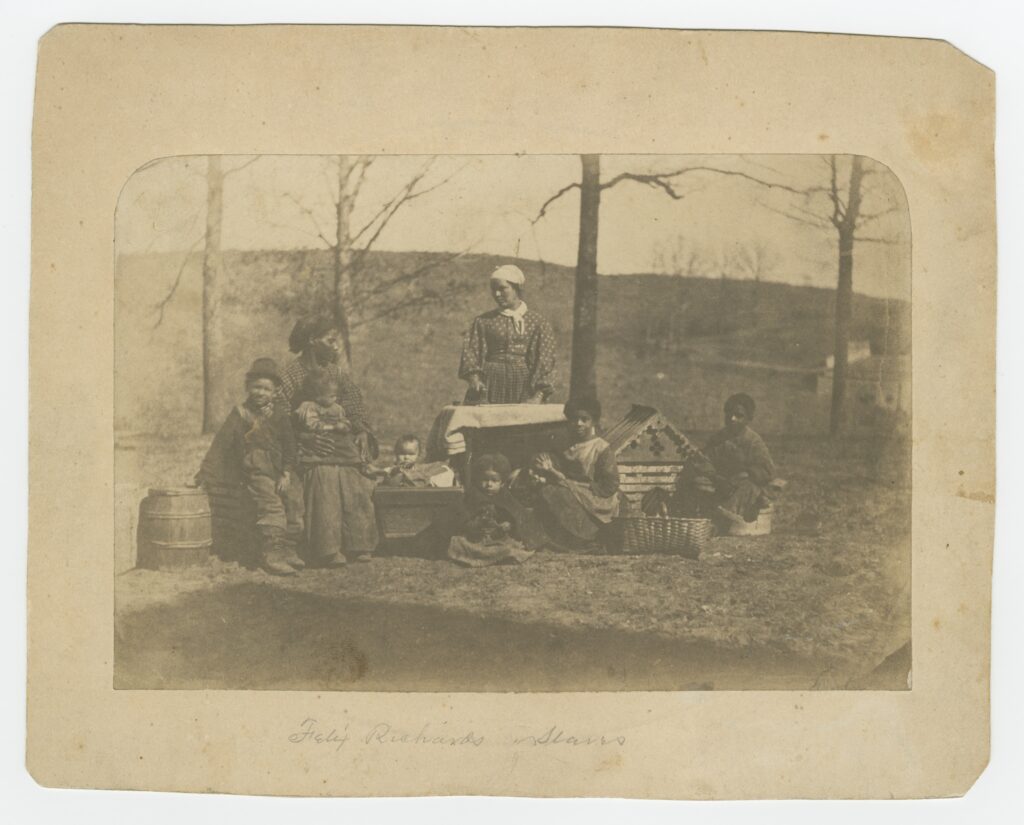Children in Slavery
By Eliza Lee Cabot Follen
Annotations by Jessica Abell/JB

When children play the livelong day, Like birds and butterflies; As free and gay, sport life away, And know not care nor sighs: Then earth and air seem fresh and fair, All peace below, above: Life's flowers are there, and everywhere Is innocence and love. When children pray with fear all day, A blight must be at hand: Then joys decay, and birds of prey Are hovering o'er the land: When young hearts weep as they go to sleep, Then all the world seems sad: The flesh must creep, and woes are deep When children are not glad.
Follen, Eliza Lee Cabot. “Children in Slavery,” in Poems, 175. Boston: William Crosby & Company, 1839.
Contexts
Follen was one of many 19th-century writers who published works on slavery—Poems includes several other verses on the subject: “Where is Thy Brother” (135-36), “Remember the Slave” (138-39), “For the Fourth of July” (173-74), and “The Captive Eagle” (183-84). Baylor University’s Armstrong Browning Library and Museum highlights the anti-slavery writings of several authors who appear elsewhere in this anthology.
Resources for Further Study
- The full text of Follen’s Poems
- More of Follen’s works are collected and available online through the University of Pennsylvania’s Online Books Page.
An albumen print on paper with a purple, reddish-brown hue depicting two adult women and seven children pictured, from left to right: William, Lucinda, Fannie (seated on Lucinda’s lap), Mary (in cradle), Frances (standing), Martha, Julia (behind Martha), Harriet, and Charles or Marshall. Lucinda Hughes and Frances Hughes were sisters-in-law through Frances’s husband David. The group is posed outside in front of bare trees, one woman is posed as if ironing. Baskets and a dog or dollhouse are placed around the group. The women and their children were enslaved at the time this photograph was taken on a plantation just west of Alexandria, Virginia, that belonged to Felix Richards. Frances and her children were enslaved by Felix, while Lucinda and her children were enslaved by his wife, Amelia Macrae Richards. On the recto, an inscription is written in pencil on the paper mount below the image that reads: “Felix Richards slaves”. On the verso, an inscription is written in pencil along the top center of the paper mount that reads “Felix Richards lived at ‘Volusia’ / Near Alexandria, VA.”